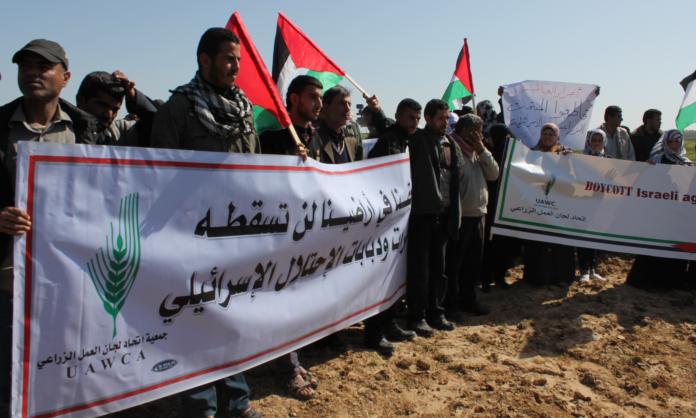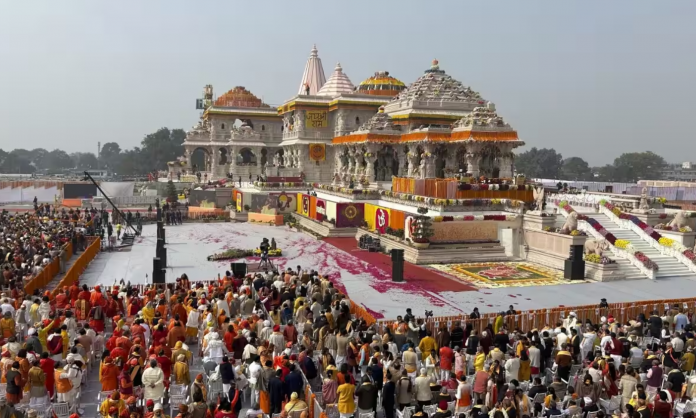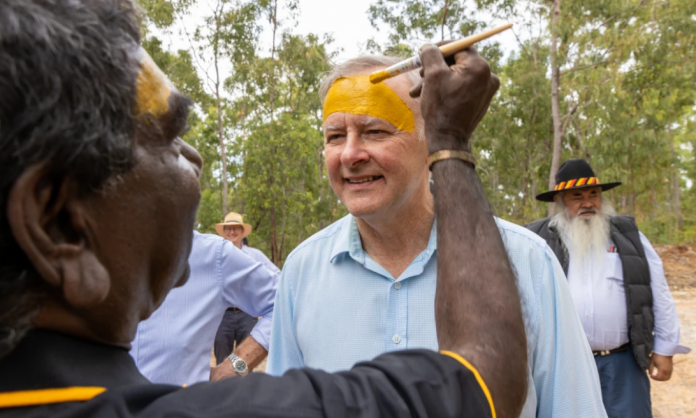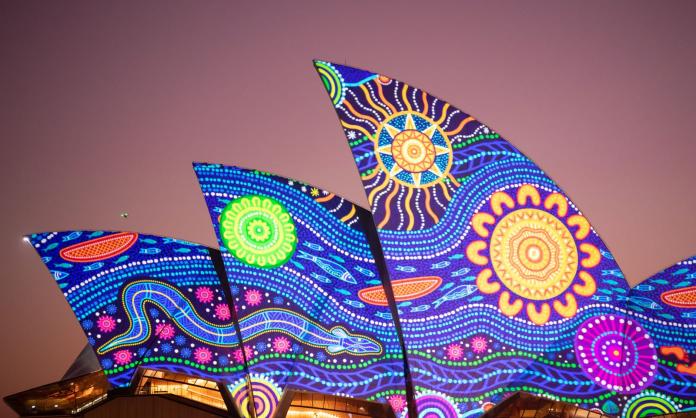What would a perfect Palestinian resistance look like? Western liberals might like to see forms of activism that respect individual conscience and property rights: petitions, for example, and consumer boycotts. Socialists would no doubt prefer something based on working-class solidarity, strikes and the cross-sectarian mobilisation of the masses. What would Israel do, faced with such morally impeccable and strategically sound opposition?
We don’t have to wonder. Since before the foundation of Israel, Zionists have systematically worked to strangle the development of any such resistance. They have arrested and killed non-violent activist leaders, reshaped the economy of Palestine to disintegrate its workers’ movement, disrupted democratic electoral processes and herded most Palestinians into police states in which normal political organisation is near impossible. Successive Israeli governments have systematically attempted to eradicate large-scale democratic opposition to their policies of ethnic cleansing and land theft.
In the 1930s, Israel’s pioneers were obsessed with the question of trade union activism. Trade unions could be a natural point of democratic solidarity between Jews and Palestinians. Through collective shopfloor organising, Jewish workers could come to understand their Palestinian comrades’ demands and aspirations. The political leaders of the Zionist movement understood this possibility, and the dangers it posed to their project. So they headed it off.
The Zionist leaders of the Jewish-only unions campaigned for “Hebrew labour”: for Arab workers to be sacked and replaced with an exclusively Jewish workforce. Most Jewish workers were organised in these racist union structures, making shopfloor solidarity with Palestinians practically impossible. From the very beginning, Zionists aimed to prevent the development of rank-and-file solidarity between Palestinians and Jews, and to exclude Palestinians from economically powerful sectors of the economy from which they could organise effective strikes against Zionist oppression. The ethnic cleansing of the workforce was the first step in the ethnic cleansing of Palestine itself. So, thanks to the racial chauvinism of the Zionist unions, large-scale Jewish-Palestinian trade union solidarity became a near impossibility.
Nonetheless, generations of Palestinians have built and re-built trade unions that fought to resist invasion and occupation. Throughout the 1950s, Palestinians in the West Bank—then under Jordanian rule—organised powerful trade unions despite persecution by the Jordanian monarchy. When Israel invaded the West Bank and Gaza in 1967, the military occupiers ramped up repression of trade unions. Trade unionism was practically eliminated in Jerusalem as leading activists such as Michel Sindaha and Muhammad Jadallah were arrested or deported, and trade union funds were frozen. The Israeli military crushed West Bank trade unionism, and the number of unions active in Jerusalem collapsed from thirteen to three.
“There is no indication that the military authorities ever underestimated the potential power of the union movement, and they have therefore done much to impede the unions’ normal functioning”, Joost R. Hiltermann wrote in his book on the roots of the First Intifada. “Unionists were detained and deported throughout the 1970s, and the unions’ membership, actual and potential, was harassed and threatened in an apparent attempt to prevent unions from gaining mass support”, he noted.
The deportation of Palestinian activists was not confined to trade-union leaders. Using emergency laws dating to the British colonial occupation of Palestine, Israelis deported more than a thousand Palestinians from the Occupied Territories in the decade after they invaded them in 1967. In the first few years of occupation, according to a study by A. M. Lesch, the ranks of peaceful activists were “decimated” by deportation. “Organizers of protests against the annexation of East Jerusalem to Israel and activists in petitions and strikes against changes in the religious, educational and legal systems were singled out for banishment”.
As Rami Khouri argued in 1977, deportation was useful for Israeli occupiers precisely because “it deters the growth of an alternative, natural and open political leadership that could express the political rights and aspirations of the West Bank and Gaza Arab”. Teachers were deported for helping organise demonstrations with their students. The mayor of Ramallah was deported for protesting against the demolition of a house. When West Bank activists organised a petition recognising the Palestinian Liberation Organisation as their representative, the petition’s organisers were deported. Entire tribes and families were banished in acts of collective punishment.
Hundreds of deportees were forced to trek, unassisted, through the desert. “We were handcuffed and blindfolded and our feet were chained”, one victim of this practice recalled. After hours of driving, the prisoners were unloaded in the desolate expanse separating Israel from Jordan:
“We were on the road, and around us extended the desert. An officer came and ordered us in a threatening voice: ‘Now you walk toward the east’, and he pointed at the dunes of the endless desert. ‘Anyone coming back will be shot. Anyone coming back in a month, a year, or any other time must know that only death awaits him here.’ To the east the burning sands of the desert were waiting for us ... We started walking in the terrible heat of noon without knowing where our steps would take us ... Our feet were inflamed when we arrived in Amman. The skin of my shaved head had peeled off because of the sun. The desert was a nightmare.”
Activists such as Faisal-al-Husseini, who set up the rigorously nonviolent Committee Confronting the Iron Fist to raise awareness of the deportations, were imprisoned without charge for years under the policy of “administrative detention”. The occupiers’ law allows the police to treat any gathering of three or more people as a potential criminal act, and thousands of Palestinians have been arrested and jailed for organising such “illegal gatherings”.
Meanwhile, the Israeli state has developed a modern version of the “Hebrew labour” policy: the grinding exclusion of Palestinians from the productive economy. Israel could not totally exclude Palestinians from its working class. But it could—and did—exclude these newly “acquired” workers from its trade unions and push them into low-paying jobs. But low-paying jobs still create the possibility of workers’ organisation. So Israel’s more recently conquered territories in Gaza and the West Bank were quite literally walled off from the surrounding economy.
Since 2007 Gaza’s workers have been completely excluded from interaction with Israel’s economy. The blockade has been so destructive that around 50 percent of Gaza’s workers are unemployed. Under occupation, West Bank’s agriculture and industry have been practically wiped out, and its workers must navigate an ever-changing network of military checkpoints and permits, along with the semi-official assaults, poisonings and vandalism perpetrated by Israeli settlers. Their economic power, and thus the power of their trade union action, is diminished almost to nothing, as a parallel Jewish-supremacist “settler” economy is installed on stolen land all around them.
The right to vote is non-existent under occupation. The last elections in the so-called Palestinian Authority took place in 2006. During the campaign, candidates and campaigners who didn’t recognise the legitimacy of Israel were arrested and placed in “administrative detention”. The results resulted a surge in support for the few Palestinian parties that refused to accept the occupation—including Hamas. Since then, no real elections have been permitted to take place.
Faced with military repression of all the normal avenues of political resistance—trade union action, political organising, protest and even petitions—Palestinians are compelled to seek international solidarity. But even the most mild and liberal expressions of solidarity with the Palestinians face repression and even bans from Israel and its “democratic” overseas allies. Israeli law says that anyone who calls for a boycott of Israel can be sued for civil damages: when two New Zealand activists convinced Lorde to cancel a concert in Tel Aviv, they were successfully sued by three Israeli teenagers for “emotional damages”. The suit was upheld by Israeli courts and the New Zealanders were found liable for tens of thousands of dollars.
Absurd as it may seem, the legislation means any Palestinian within Israel who successfully argues for a peaceful boycott, entirely within the bounds of liberal political discourse, faces the risk of financially devastating fines. Israeli law bans foreigners who support a boycott from entering the country. In Israel’s Western-allies, anti-boycott laws are spreading: 35 US states have laws to restrict boycotts of Israel, and the United Kingdom is considering one that would outright ban bodies such as local councils and universities from participating.
The repression has had its intended effect. In the face of the intimidation, too many Palestinian bureaucrats have compromised and capitulated. The so-called “leaders” of the Palestinian Authority run their ghetto thanks to a rotten deal with Israel, so they act as the immediate enforcers of Israeli occupation, intimidating and locking up activists who threaten the intolerable status quo. In those circumstances, it’s no surprise that Hamas find some support, despite their hopeless methods. But Hamas came to prominence only after the Israeli government systematically attempted to strangle every other form of open Palestinian resistance.
What is surprising is that, despite the repression that naturally flows from military occupation and land theft, Palestinians have continued to organise some of the world’s most extraordinary campaigns of mass civil disobedience. The general strikes of the Palestinian workers’ movement, punctuating its modern history from 1976 through to 2021, put to shame the track records of many trade unions operating in much more comfortable circumstances. Palestinian protest marches, from the smaller-scale rallies at the West Bank separation barrier to Gaza’s Great Return Marches of 2018 and 2019, recall the heroic heights of the US civil rights movement of the 1960s—only the Palestinian marchers walk towards military sniper’s nests that routinely open fire on crowds.
The Palestinian movement’s patient but implacable drive to explain the reality of life under occupation, to assert their rights and to develop new methods for building international solidarity, can only inspire awe. Those of us who do not face the daily terror of the IDF have a duty to match this courage and strengthen the movement for Palestinian liberation.










